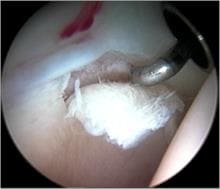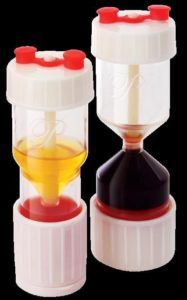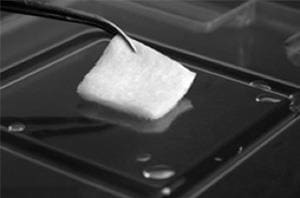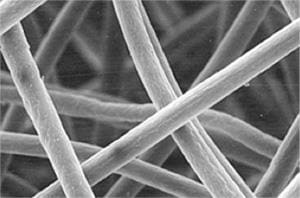As discussed on the page on hip impingement, one of the problems seen as part of this process is damage to the joint surface at the junction of the labrum and hip socket rim (acetabulum). This is called the chondro-labral junction.
The sequence of events in hip impingement (FAI- femoro-acetabular impingement) is:
- Bony Deformity (CAM or Pincer lesion-excess bone around the hip) resulting in;
- Labral tear or detachment, resulting in;
- Exposed chondro-labral junction, resulting in;
- Cartilage damage
Removing the bone spur causing the impingement and repairing the labrum is relatively straightforward. However, the cartilage damage is an ongoing source of pain and left untreated will lead to a poor outcome.

IMAGE SHOWING EXPOSED BONE AT THE CHONDRO-LABRAL JUNCTION DUE TO CARTILAGE DAMAGE.
Our clinic uses a revolutionary new procedure utilising the patients own stem cells. We treat impingement and repair the labrum. We then harvest stem cells from the pelvis, and using a variety of techniques, implant the cells onto a membrane to cover the defective or damaged joint surface.
The procedure involves taking bone marrow cells from the pelvis (containing Mesenchymal Stem Cells – MSCs) and concentrating them in the operating theatre to give a large number of cells in a small volume to fluid.

These cells are then placed on a membrane and implanted into the joint surface defect.


Image showing the Biological scaffold, the microscopic image shows the fibres allowing in-growth of cells.